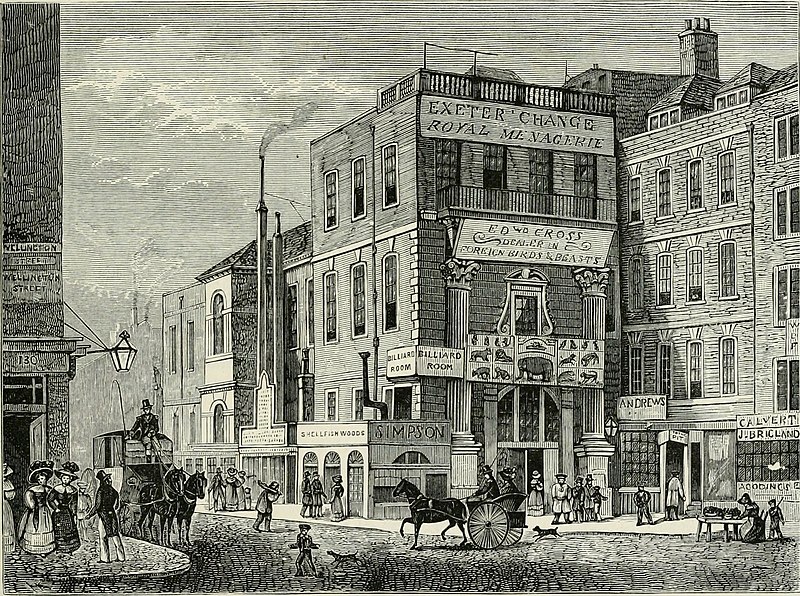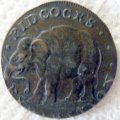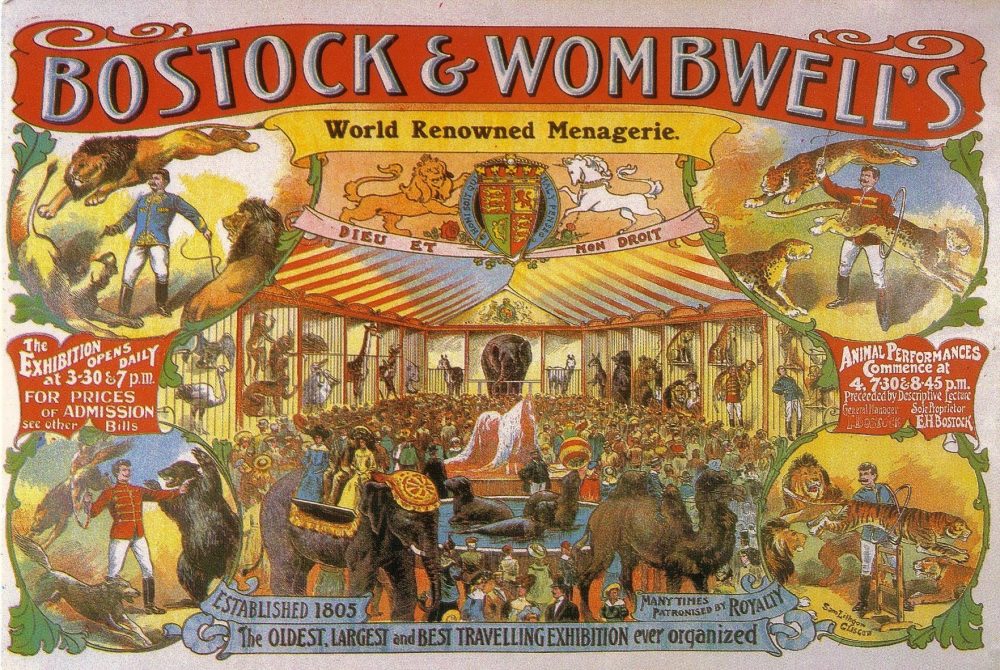
Tucked away in the annals of numismatic history lies a captivating chapter centered around the Exeter Exchange tokens—a series of coin-like tokens that once circulated in the bustling streets of London during the late 18th and early 19th centuries. These tokens, minted for use at the Exeter Exchange, are not just pieces of metal; they represent a convergence of commerce, culture, and craftsmanship.

The Exeter Exchange:
Located in the heart of London’s West End, the Exeter Exchange was a prominent commercial and social hub during its heyday. Built in the early 17th century, it housed a menagerie, shops, and a coffeehouse, attracting visitors from all walks of life. The Exchange was not only a place of business but also a venue for entertainment and enlightenment—a microcosm of London’s vibrant spirit.
The Tokens’ Purpose:
Amidst the bustling activity of the Exeter Exchange, traditional currency often proved insufficient for transactions. To address this challenge, the proprietors of the Exchange issued their own tokens—small, circular pieces of metal bearing inscriptions and images that represented various denominations of currency. These tokens served as a convenient and reliable medium of exchange within the confines of the Exchange, facilitating commerce and fostering a sense of community among patrons.
Design and Symbolism:
What sets Exeter Exchange tokens apart is their intricate design and rich symbolism. Crafted by skilled artisans, these tokens feature a variety of motifs, including depictions of exotic animals from the menagerie, architectural elements of the Exchange building, and allegorical figures representing commerce and prosperity. Each token is a miniature work of art, reflecting the cultural and aesthetic sensibilities of its time.
Historical Significance:
Beyond their aesthetic appeal, Exeter Exchange tokens hold significant historical value. They provide valuable insights into the economic, social, and cultural dynamics of 18th and 19th-century London. Through their study, historians and numismatists can trace patterns of trade, explore the evolution of urban spaces, and uncover the everyday experiences of individuals living in the bustling metropolis.
Legacy and Collectibility:
Today, Exeter Exchange tokens are highly sought after by collectors and enthusiasts of numismatics. Their rarity, historical significance, and artistic merit make them prized additions to private collections and museum exhibits alike. Each token serves as a tangible link to a bygone era, inviting us to delve into the stories they hold and the worlds they represent.
Preserving the Past:
As we marvel at the beauty and complexity of Exeter Exchange tokens, we also recognize the importance of preserving them for future generations. These tokens are more than just relics; they are windows into our shared heritage, reminding us of the ingenuity, creativity, and resilience of those who came before us.
In conclusion, the story of Exeter Exchange tokens is a testament to the enduring legacy of London’s past. As we reflect on their significance, let us remember the vibrant history they represent and the invaluable lessons they impart about the intersection of commerce, culture, and community in the heart of the city.
